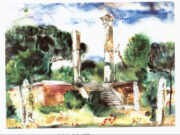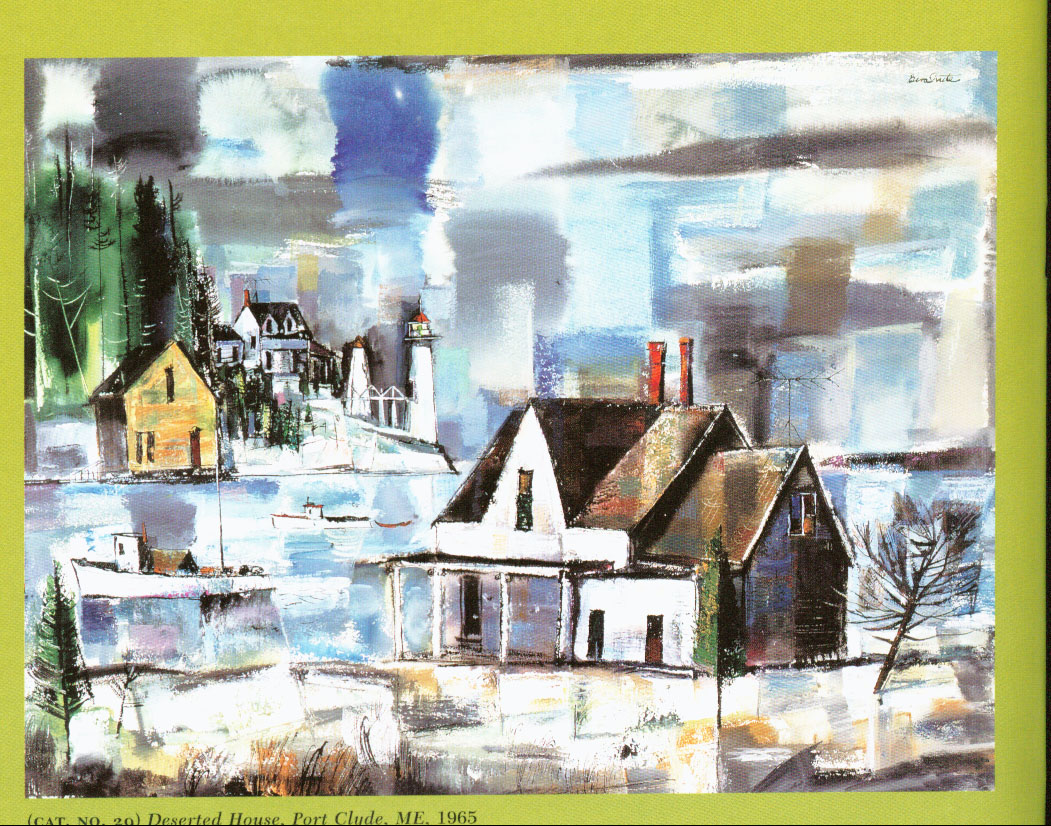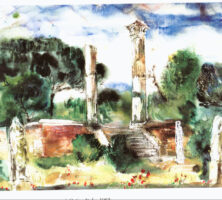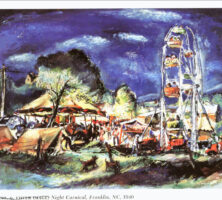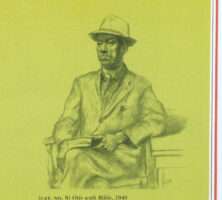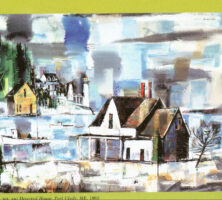Ben Shute was an artist, teacher, arts advocate, and cofounder of the Atlanta College of Art. In recognition of his early contributions to one of Atlanta’s most prominent art institutions, a scholarship to the college was established in Shute’s honor in 1984.
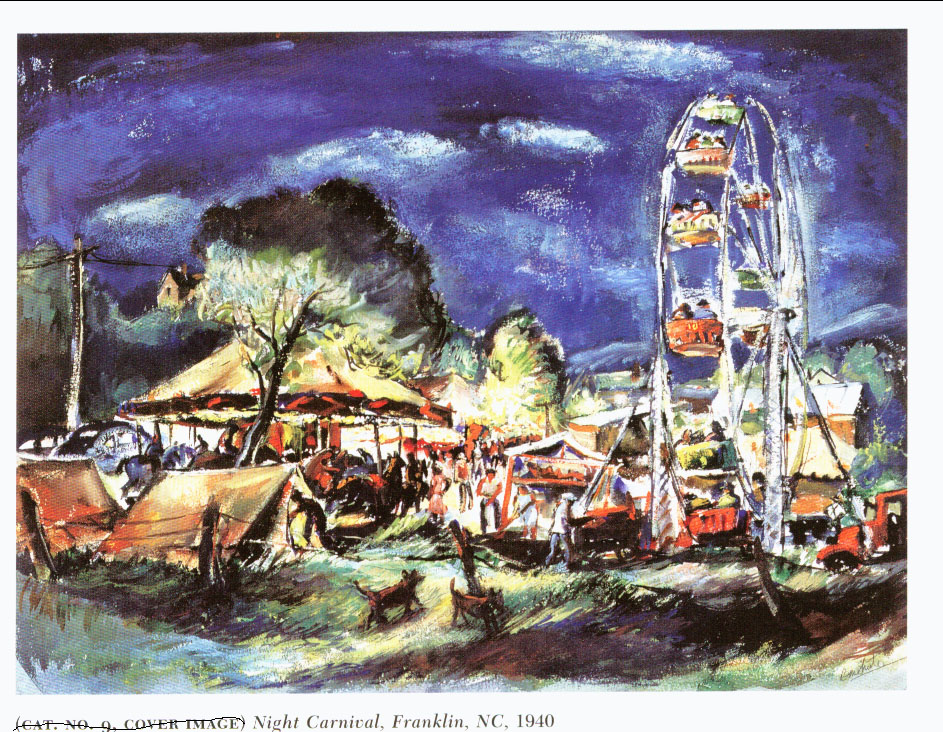
Courtesy of Georgia Museum of Art, University of Georgia; Gift of Betty Plummer Potts Woodruff GMOA 2004.7
Ben Edgar Shute was born on July 13, 1905, in Altoona, Wisconsin, to Joanna and Edgar Shute. He received his formal art education from 1922 to 1928 at the School of the Art Institute of Chicago in Chicago, Illinois. While there he studied with Allen Philbrick and George Oberteuffer and lived in what was known as the “boys dormitory,” a barn within the Midway Studio complex of the well-known sculptor Lorado Taft.
From Chicago, Shute set out for Atlanta in 1928 to take a six-week teaching job at the newly established High Museum School of Art. This temporary assignment, however, lasted for the better part of six decades, as Shute dedicated himself, with the help of a small but eager faculty, to developing a dynamic curriculum in both fine arts and commercial art and advertising. His efforts resulted in a nationally accredited art school that eventually became a separate entity from the High Museum of Art.

Courtesy of Georgia Musuem of Art, University of Georgia; Gift of Betty Plummer Potts Woodruff GMOA 2004.6
Shute established a fine reputation as a portrait artist during his time in Atlanta, but his true strength is evident in the many paintings he did to document his travels. In 1948 he received the first of two Carnegie travel grants, which took him and his first wife, artist Nell Choate Shute (a distant relative of artist Nell Choate Jones), to Mexico. What makes his work memorable is the masterful way he captures the specific character of a place, whether a Georgia setting like the beach at St. Simons Island, or the more exotic settings of Italy or Portugal. In the early 1950s Shute began his annual visits to coastal Maine, where he focused on painting fishing boats, clapboard houses, towering tamarack trees, and massive rock quarries, often using a shifting cubist perspective. His preferred medium was a combination of ink, watercolor, and casein (a milk glue), although he also excelled in oil and pastel and took up metal welding late in his career.
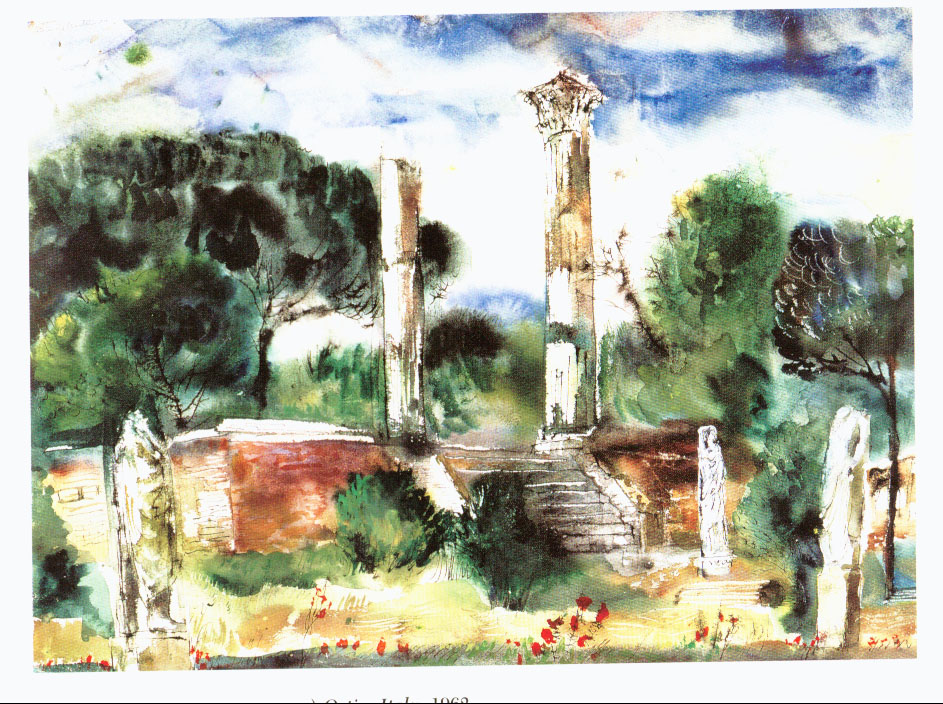
Courtesy of Betty Plummer Woodruff Collection
In 1945 Shute established the Southeastern Annual Exhibition, which he chaired until 1961. A juried competition that attracted more than 2,000 entries from 9 southern states, the exhibition became one of the most important in the Southeast. Shute was awarded the Governor’s Award in the Arts for the state of Georgia in 1985. His work has been included in exhibitions at the Museum of Modern Art in New York City; the Art Institute of Chicago; the Corcoran Gallery of Art in Washington, D.C.; and the Brooklyn Museum in Brooklyn, New York. Regionally his work has been exhibited and collected by both private collectors and such public institutions as the High Museum and the Columbia Museum of Art in South Carolina. In 1965 and 1969 he and his second wife, artist Keenan Wade Ranson Shute, were given joint exhibitions at the Columbus Museum in Columbus.
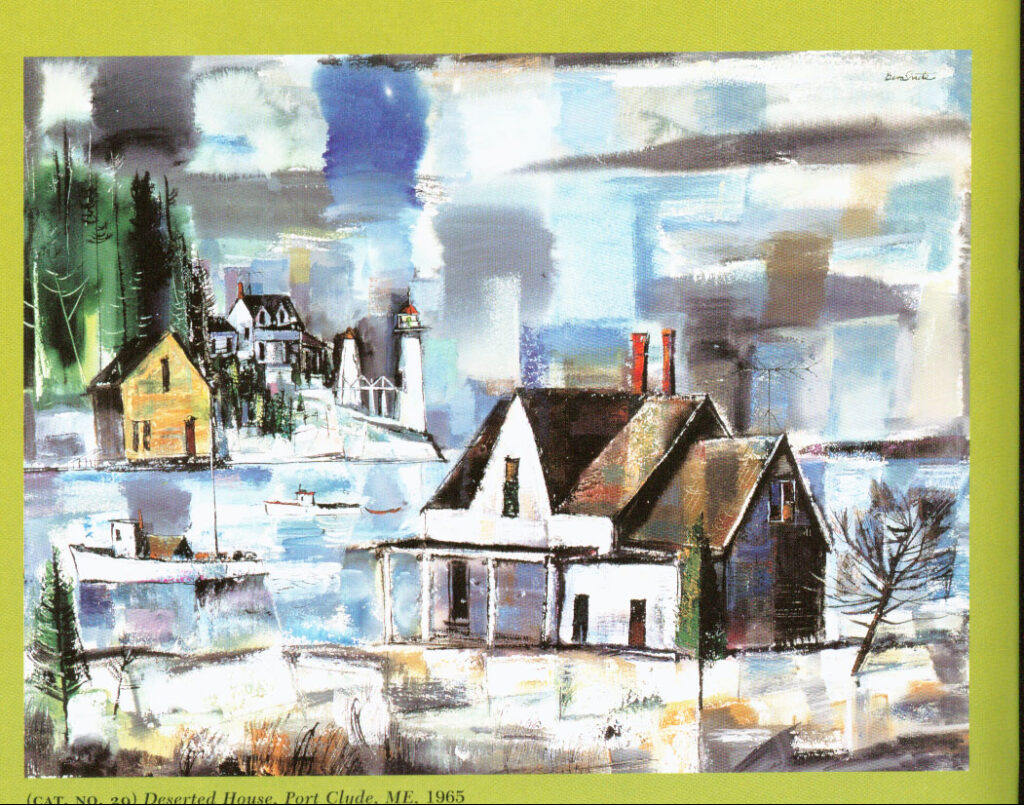
Courtesy of Betty Plummer Woodruff Collection
Shute died in Atlanta on July 15, 1986. His legacy as a teacher and an artist was to make art and culture an important part of Georgia’s heritage. In 2002-3 the Georgia Museum of Art in Athens toured a retrospective exhibition of the artist throughout the state.


